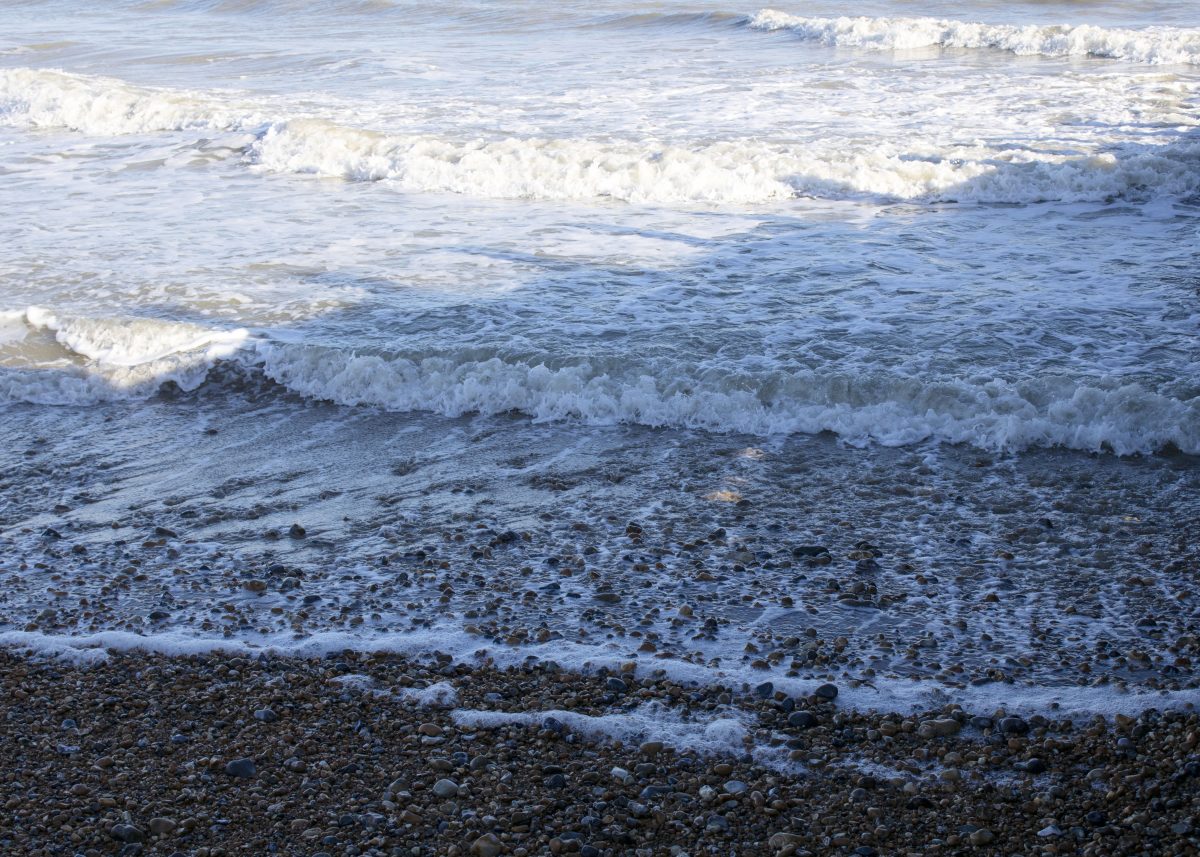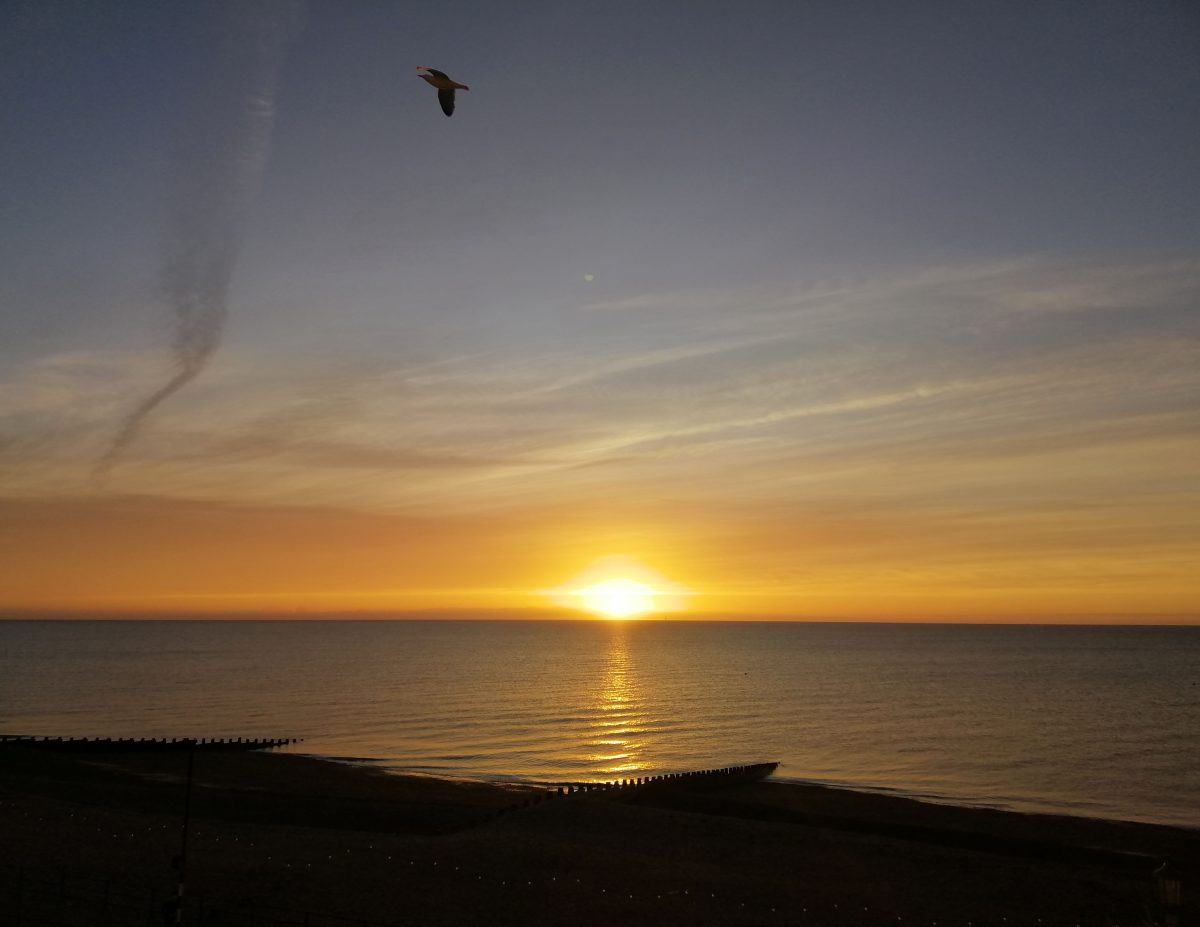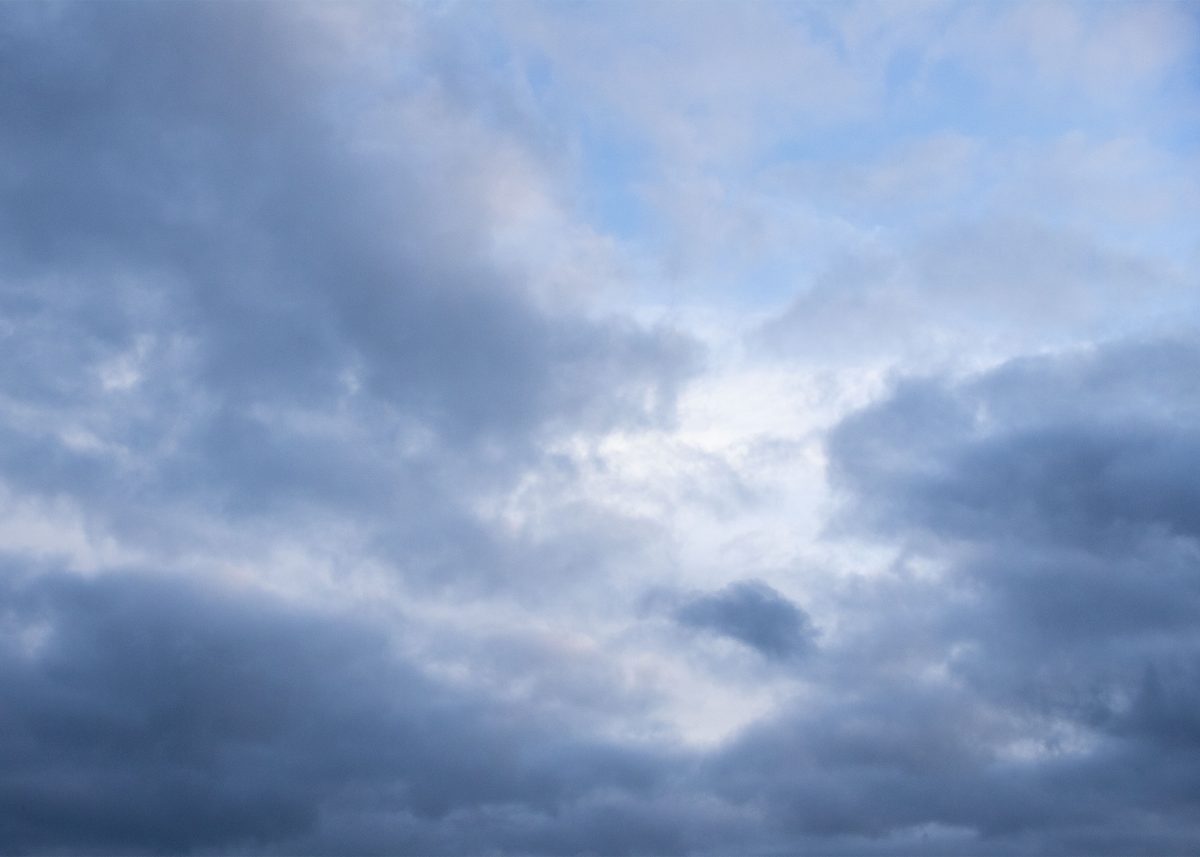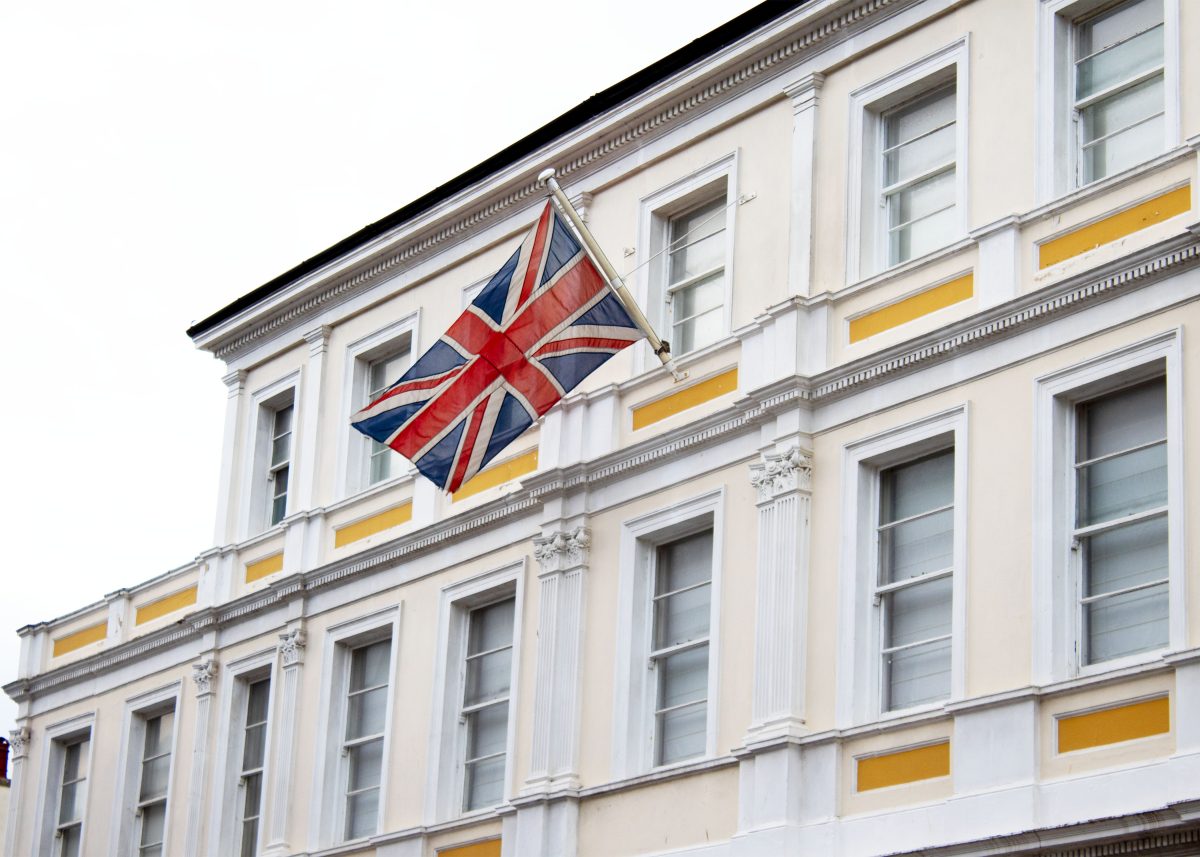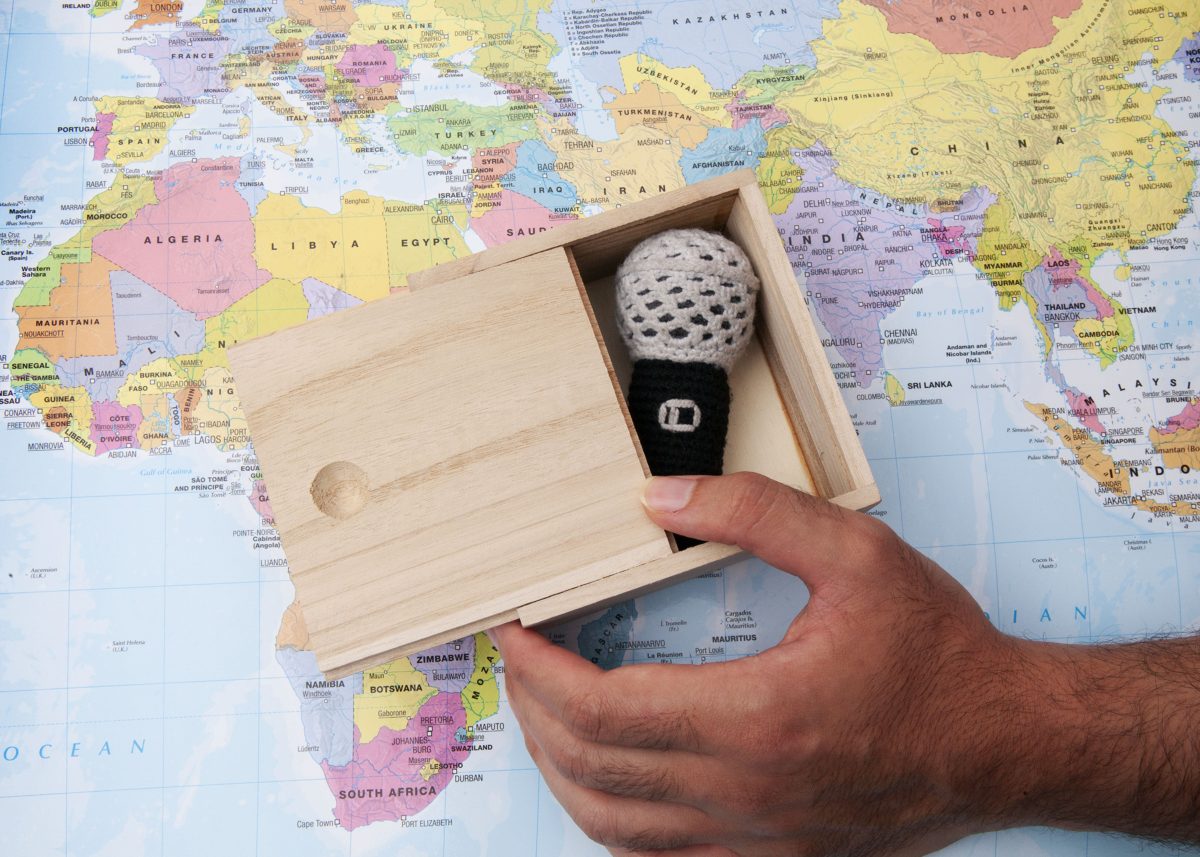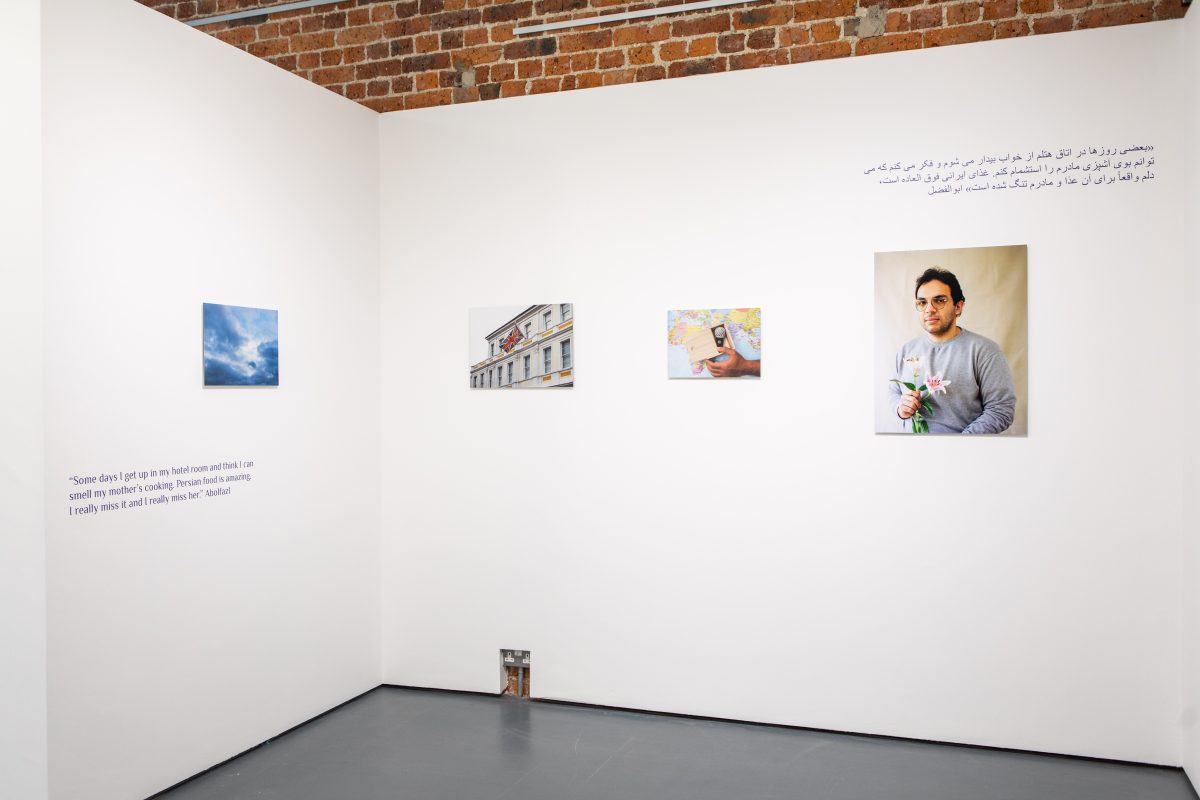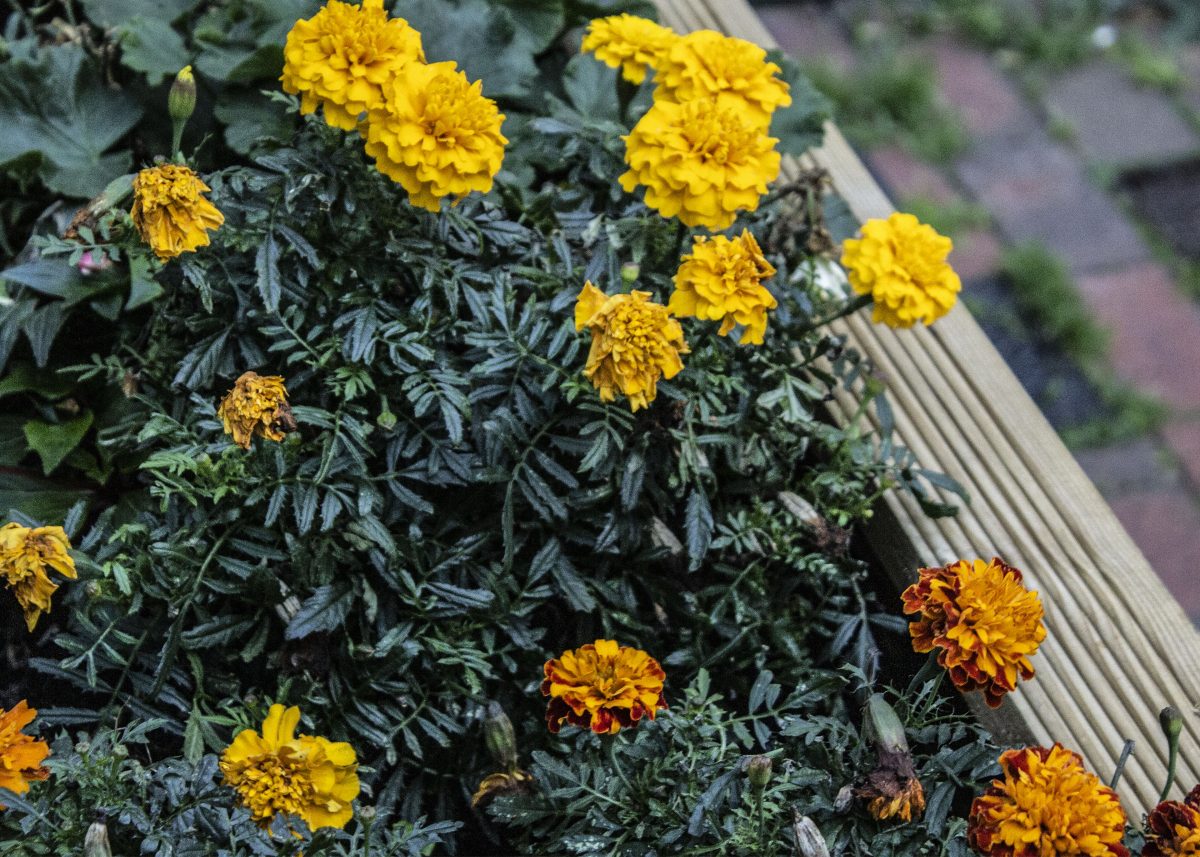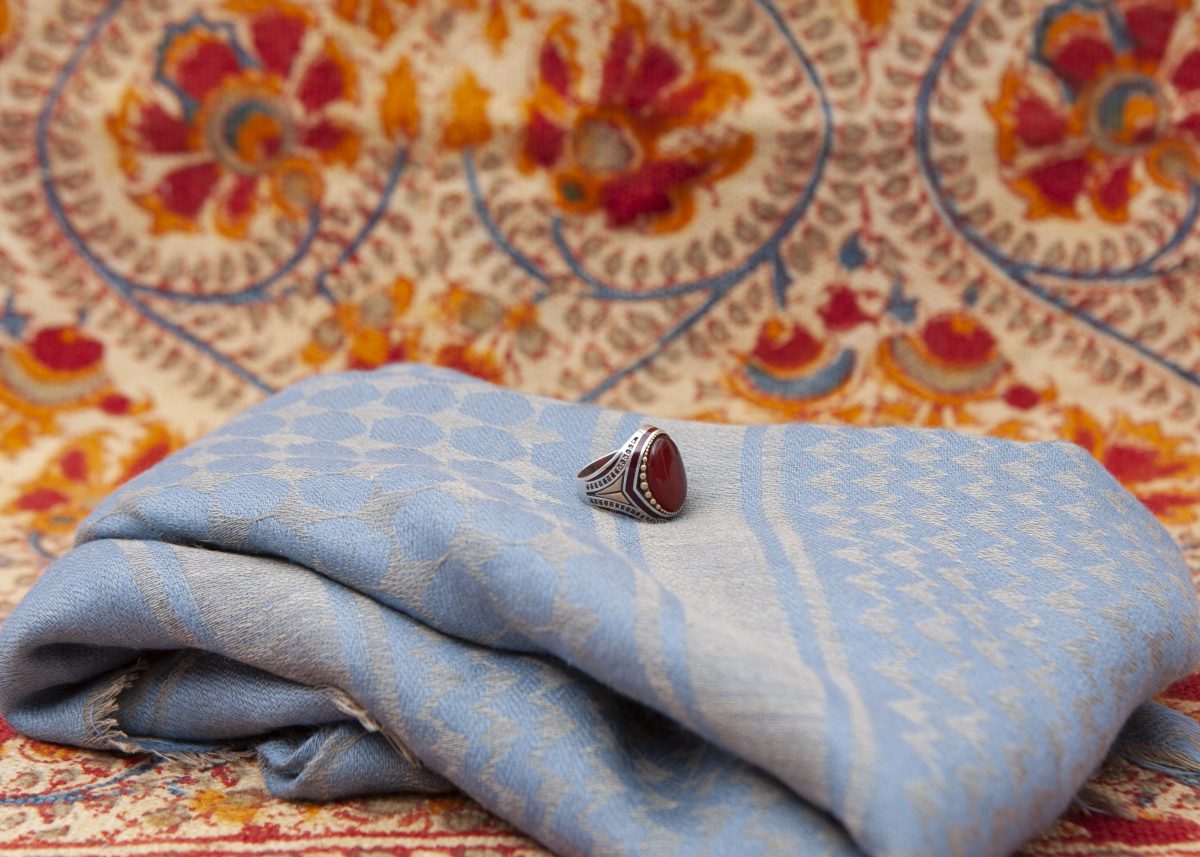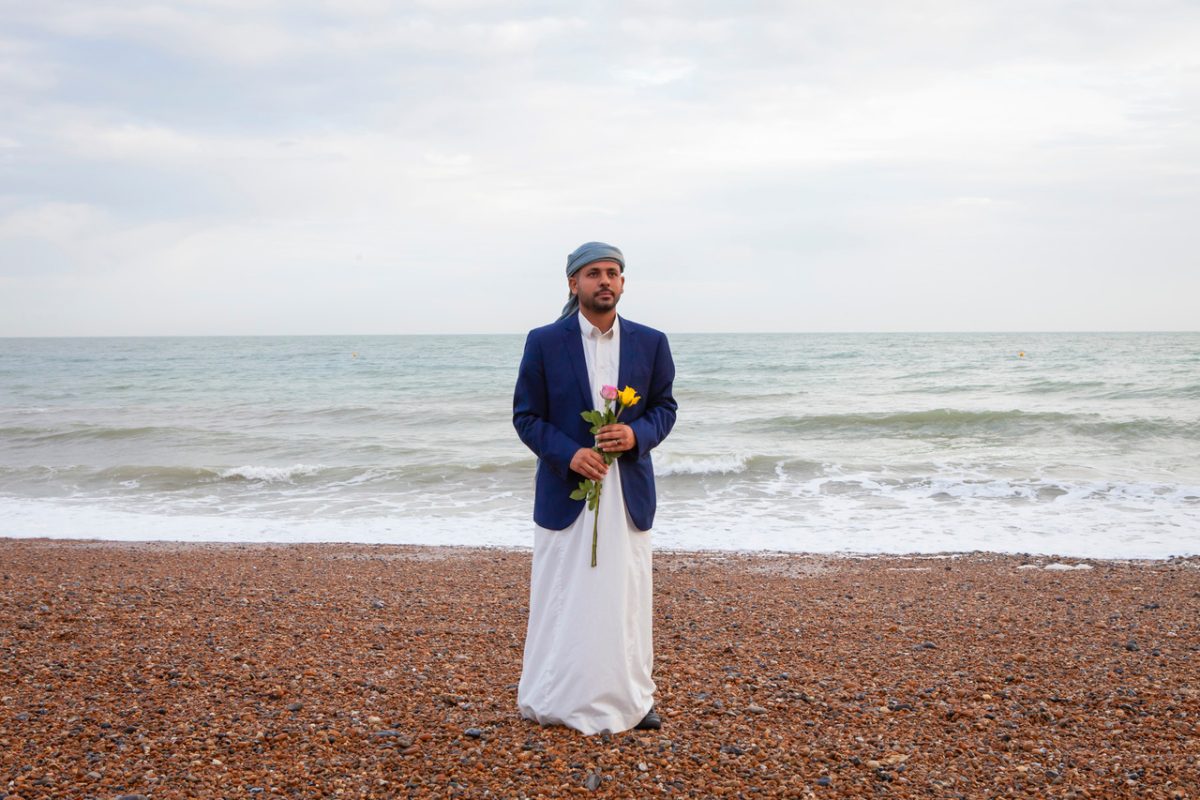A learning resource exploring the practice of combining text and image, and how this shapes narrative and the interpretation of the collaborative photographic image.
Introduction
This learning resource has been written by Arpita Shah to accompany her work From one dream to another, commissioned by Devonshire Collective and Photoworks.
Themes
From one dream to another is collaborative work produced by Arpita with a group of young men from refugee and asylum seeker backgrounds in Eastbourne. The work explores themes of home, memory, culture, migration and hope expressed through the words, photographs and voices of the young men. Arpita worked with the men for six months, using photography, text and sound.
The series comprises photographs produced by the young men, interwoven with their own words, alongside collaborative portraits developed with Arpita. These photographs contain precious objects and flowers that connect the men to their homelands, while also reflecting their new encounters and experiences as they look ahead, embarking on new beginnings in the UK.
The work includes a sound installation featuring interviews with refugee and asylum seeker men presented in English and their native tongues, including Persian and Arabic, where they reflect on home, the symbolism of the sea, childhood memories and their hopes and dreams for the future.
Socially Engaged Practice
From one dream to another is a socially engaged project led by visual artist Arpita. In socially engaged projects, photographers often facilitate creative workshops within local communities and teach new photographic skills as part of their practice and many seek to make work collaboratively with the communities and people they engage.
‘Collaborating with these young men has been an incredible experience for me. As an India-born artist, I have been making work about representation, migration, memory and cultural identity in the UK for over 16 years, because not only is it important to reflect the various narratives of our culturally diverse communities, but it is also fundamental to create spaces that invite communities to tell their own stories, create their own images and be seen the way they want to be seen’. Arpita Shah
Combining Text and Image
Photography exhibitions generally include written texts (labels) that inform the viewer about the artist and the subject matter, providing some insight into the narrative and nature of the artwork, and context when interpreting the images. This form of text conventionally is quite simplistic and refers to the project title, artist statement and any accompanying image captions.
However, some artists such as Duane Michals, Carrie Mae Weems, Sophie Calle and Shirin Neshat mix text and image in a variety of creative ways within the space of the artwork to emphasise deeper meaning or expand on the narrative of the image. In this kind of work, the text becomes an integral part of the artwork.
Since the 1970s, socially engaged photographers such as Wendy Ewald, Jim Goldberg and more recently, Anthony Luvera, have combined text with image as a mode of collaboration with the people they photograph.
Ewald, Goldberg and Luvera often layer text with image as a way of giving agency and authorship to the communities they were working with – empowering them to represent themselves.
I. Text & Image
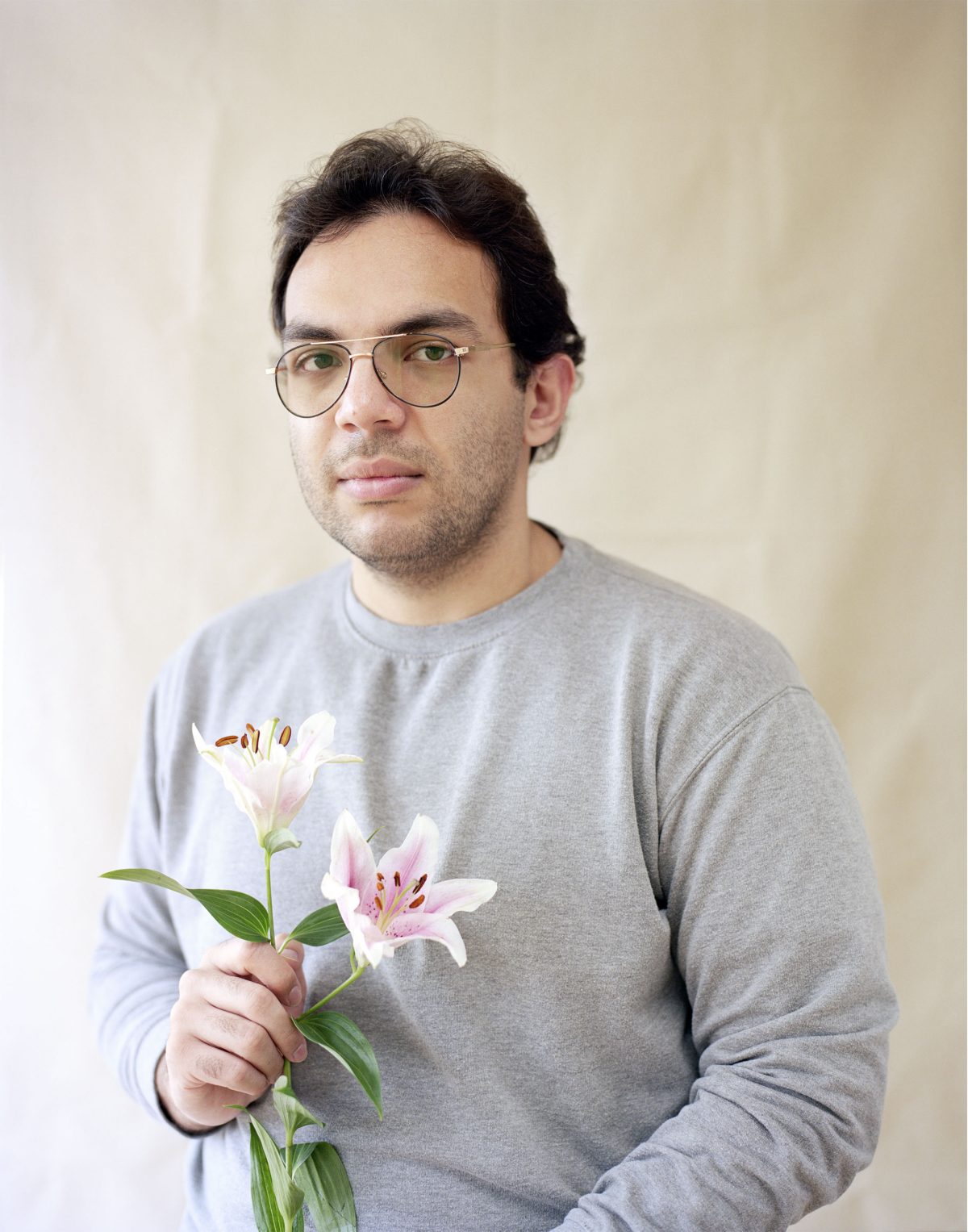
Discuss
In pairs, view the photographs of Osama, Abbas and Abolfazl, three young men Arpita collaborated with.
In each of their sequences, there is a photograph of a significant object, a photograph they took in Eastbourne and a portrait of them holding a flower that relates to their homeland. Their images are framed by a quote from each of them presented in both English and the men’s native language (Arabic or Persian).
With your partner, select between Osama, Abbas and Abolfazl’s sequence and answer these questions:
- What themes are visible in the photographs, and how do you know?
- Does the wall text affect your reading of the images?
- What does the text tell you about the person in the image?
- Why is the text presented in two languages?
- What do you think the artist’s intention was in combining text and image?
Discuss your answers as a group.
Create
When we think of portraiture, we often envision a photographic portrait of someone’s face, however portraits do not need to be literal, they can be more abstract, poetic or symbolic.
From one dream to another includes a variety of still life photographs or close-up images of hands holding objects. These photographs represent objects that the men travelled with from their homelands when they arrived in the UK.
Take time to look at the work. Observe the different ways the objects are laid out, held and decorated. Also make note of the different camera angles the artists have used and the lighting.
Create a still life self-portrait with using 2-4 objects that symbolise or reflect something about you. They can be any kind of object, something with personal significance or something from everyday life that represents an aspect of your identity.
Print your image with an extra thick white border, and hand write a short statement under or on top of the photograph. The text can be anything you want it to be. It might reflect the story behind the object or reveal something additional about you. It can be one word or more, you decide.
Share your photograph with the group, first the one without the text, and then the one with text.
How did viewing both versions shift the interpretation of the image? Which image feels more personal to you as an artist? Which version did the group find more interesting?
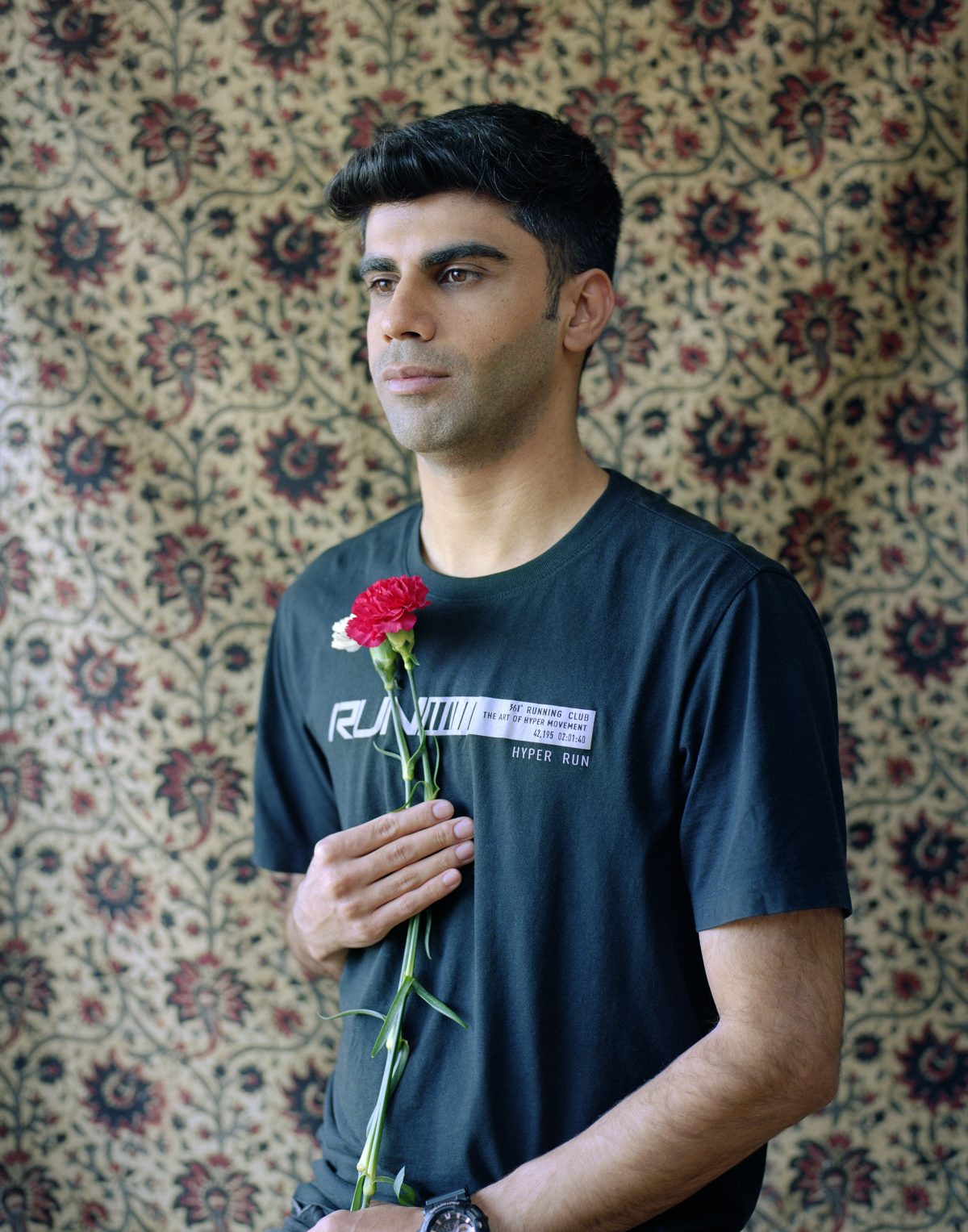
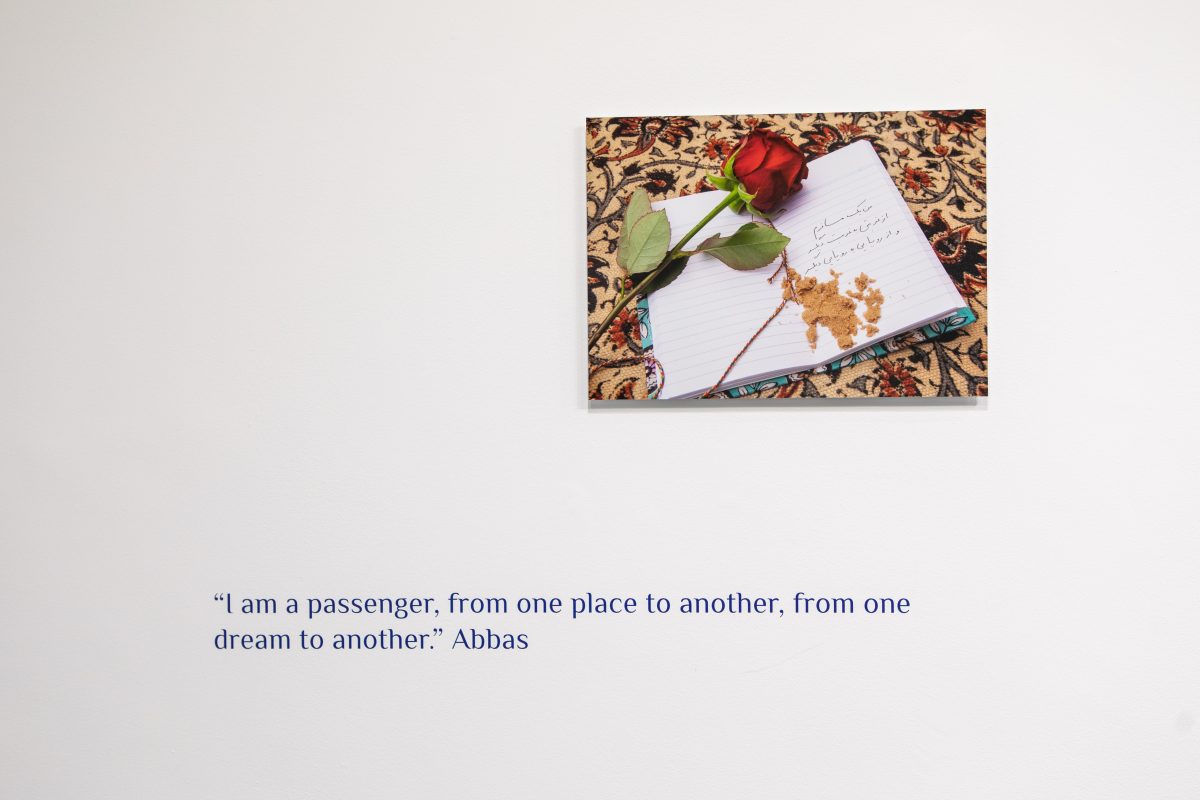
Discuss
As you can see in the images of Osama, Abbas and Abolfazl’s sequences on the gallery walls, there are many connections between the men’s words and images. In a group discuss:
- What key visual metaphors or symbols can you see across all three men’s narratives?
- What do you feel they represent, why are they reoccurring?
Discuss the interplay between the text and images.
- What connections can you see between the words and images?
- How does this affect how you interpret the work?
The sea is the closest friend to me, I can express to him all my emotions, complain to him about anything and he always listens. He is my best friend.
Osama Almoliky
IV. Collaborative Portrait
Create
There are many forms a collaborative portrait can take, it essentially means when both sitter and photographer have worked together in some capacity in the production of the final photographic image.
From one dream to another includes a series of three passport style photographs of Osama, Abbas and Abolfazl that Arpita took. Under each of their portraits she invited them to handwrite their dreams and hopes for their future, now they are in the UK. The men chose to write in their native languages of Persian and Arabic. (e.g. Abbas’s translates to ‘Having a free and equal life, as well as dream to study for a degree in pharmacy’).
‘I composed the portraits of each of the men and clicked the shutter release, however there was always conversation prior to the photo-shoot, what the men wanted to wear and what flower they wanted to hold. There was also dialogue after the image was made such as selecting the frame that they felt best represented them and printing images they would handwrite onto’. Arpita Shah
Working in pairs, create collaborative portraits using handwritten text and photography.
- Discuss and plan how each of you wishes to be photographed, now create portraits of each other, working collaboratively.
- Consider including objects or props that have personal meaning.
- View the photographs on the contact sheet together and then select the portrait of yourself that you feel best represents you.
- Write a word or statement within the space of your image, that reveals something about you, such as how you feel, or your dream for the future?
Share your portraits with the group. Discuss and reflect on the process of collaborating with your partner and how you feel about your portrait.
- Did you find both the photographer and sitter picked the same image from the contact sheet?
- How does the text inform the viewer’s interpretation of the portrait and vice versa?
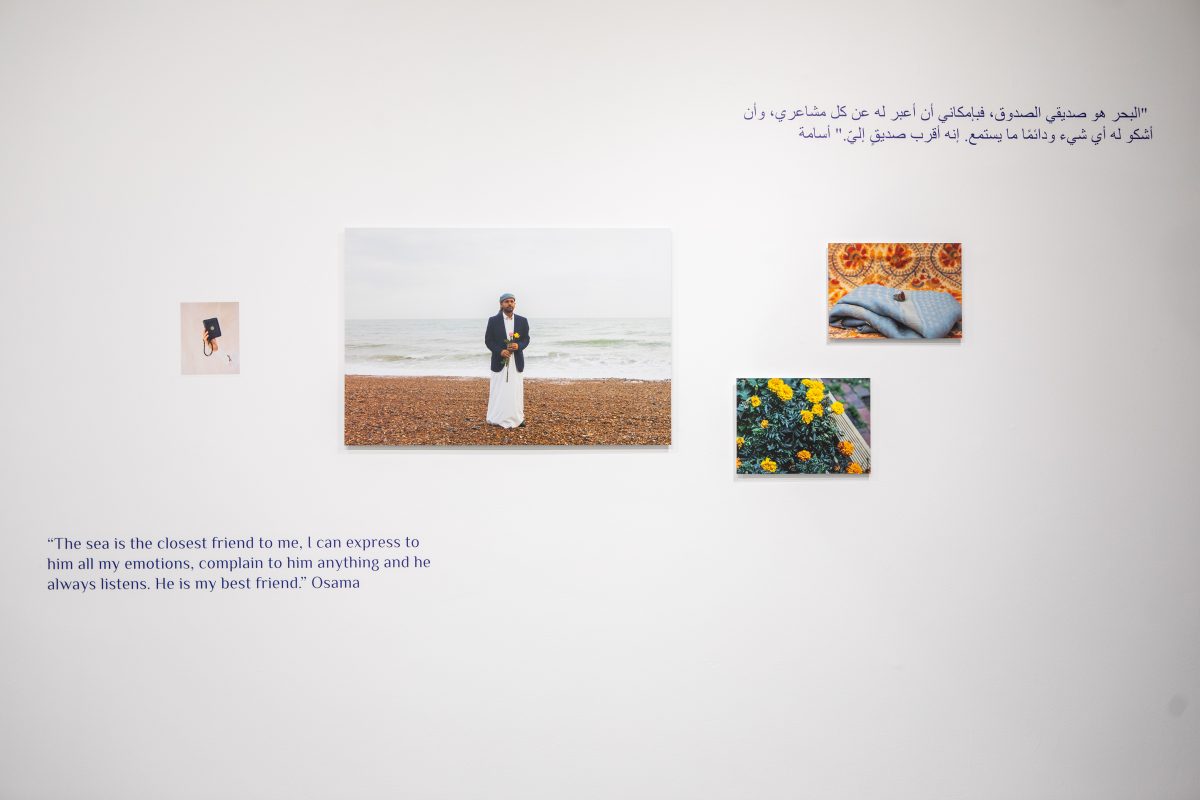
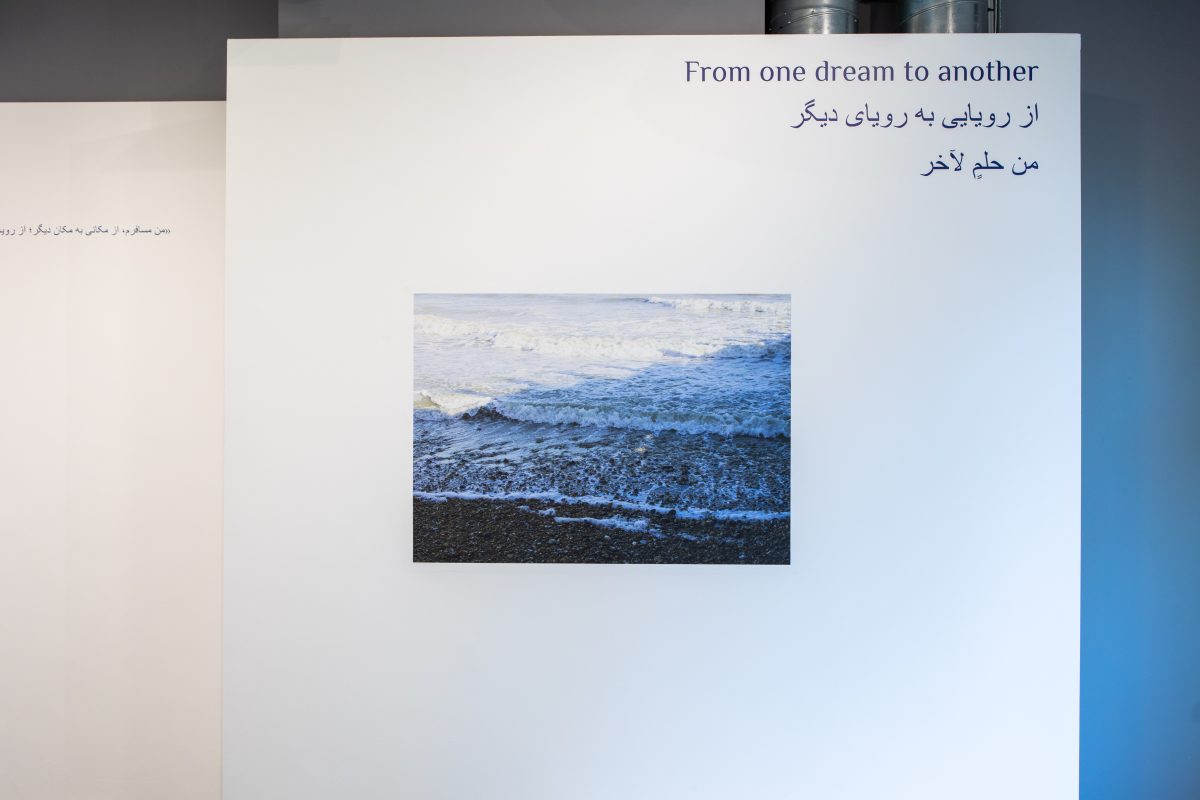
Other Photographers to explore
Wendy Ewald Towards a Promised Land
Duane Michals A Letter from My Father
Shirin Neshat Women of Allah
Craig Easton Sixteen
Jim Goldberg Fingerprint
Bieke Depoorter As it may be
Laura Boushnak I Read I Write
Sophie Calle
About the Contributor
About the Contributor
Arpita Shah is a photographic artist and educator based in Eastbourne, UK. She works between photography, film and sound exploring the intersections of identity and culture. As an India-born artist, Shah spent an earlier part of her life living between India, Ireland and the Middle East before settling in the U.K and this migratory experience is reflected in her practice. Collaborating with individuals and families across UK from diverse cultural backgrounds, Shah’s work centres on exploring notions of home, belonging, migration and memory.
Shah’s work has been exhibited across the UK and internationally, including at the Detroit Center of Contemporary Photography (2013); Tramway in Glasgow (2014); Chobi Mela IX in Dhaka, Bangladesh (2017); Autograph APB in London (2018) Street Level Photoworks in Glasgow (2019) Impressions Gallery in Bradford (2020) and The Towner Gallery in Eastbourne (2020). She is also the recipient of the 2019 Light Work + Autograph ABP Artist-in-Residence programme in Syracuse NY and her work is held at the National Galleries of Scotland and Birmingham Museum’s Trust.
